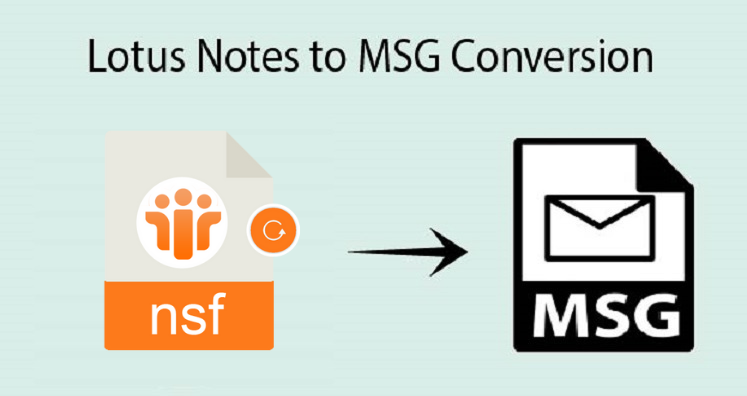
NSF File: Lotus Notes (now called HCL Notes) is a famous or widespread email client. It stores everything from emails and contacts to schedules and shared documents. In addition, this information is organized into specific file formats called NSF files. These files can be quite large and hold a lot of data.
MSG File: Unlike Lotus Notes, Outlook uses MSG files to save a single piece of email data. It holds only one item, such as an email, a calendar event, or a contact. As a result, this makes it easier to manage individual pieces of information. While Outlook can handle multiple MSG files, it’s essentially building a larger filing system using these MSG files.
The following section will discuss various reasons to convert NSF to MSG. Here are some of them.
If you are looking for a manual approach to perform the conversion process, unfortunately, there is no handy-free solution. As a result, we have the perfect and prominent solution to do so. Follow the upcoming paragraph and read the technique.
Pcinfotools NSF to MSG Converter is a comprehensive and versatile tool that can move your old email data (NSF files) to a new format (MSG files. Along with that, it’s safe and fast, even for really big files. In addition, it can even unlock encrypted NSF files and get rid of any duplicate emails. Moreover, users can effortlessly preview their target files in a preview panel. Let’s learn how to use this helpful tool.
Steps to Export NSF Files to MSG Format:
After understanding the workings of this software that allows users to convert NSF file to MSG without data loss.
Switching from Lotus Notes to Outlook can be a big step, but it doesn’t have to be stressful. Using a reliable NSF to MSG converter, you can effortlessly convert NSF to MSG, contacts, and calendar information. This tool simplifies the process, ensuring your data remains intact and accessible in your new Outlook environment. With the right converter, you can enjoy the benefits of Outlook while preserving your valuable information.
|
|